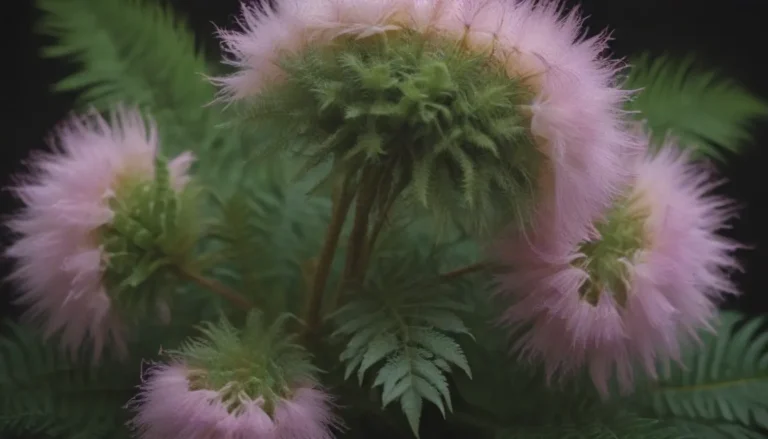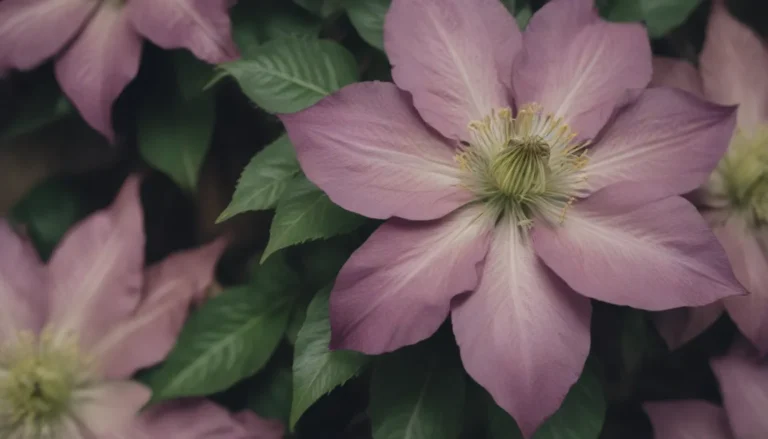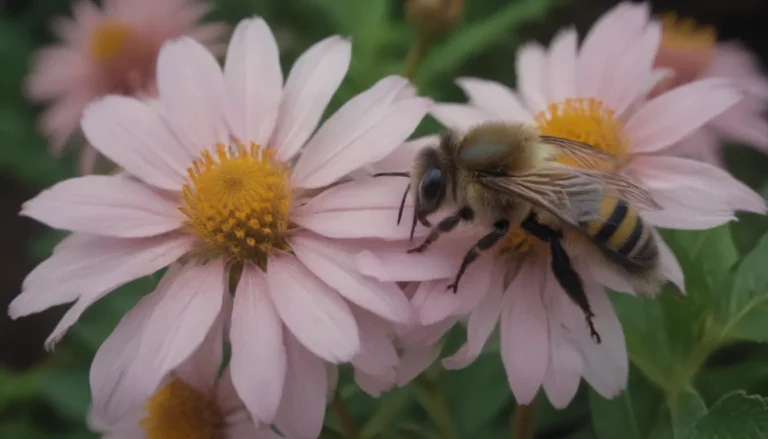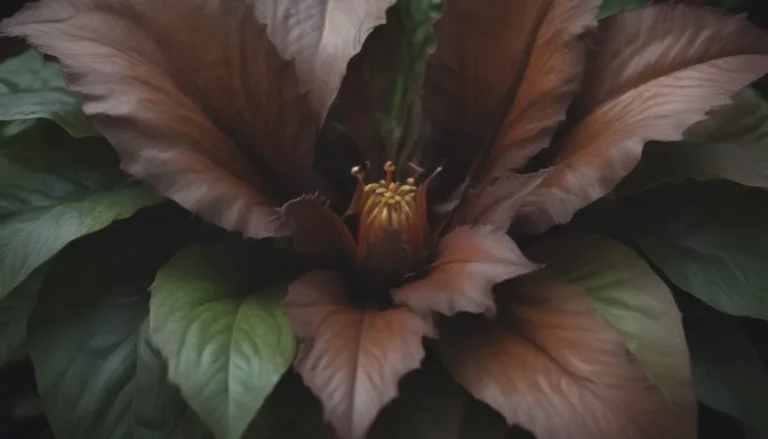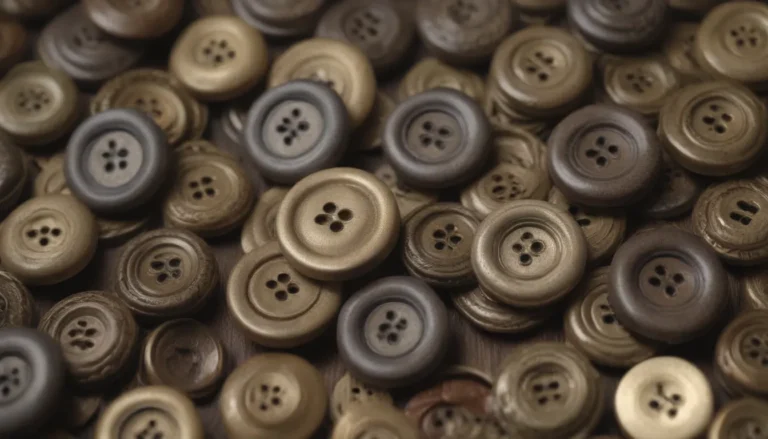Growing and Caring for Globe Thistle: A Complete Guide

Are you looking to add a touch of contemporary beauty to your garden? Globe thistle might just be the plant for you. With its spherical blue, purple, or white blooms, this fast-growing perennial is a stunning addition to any summer border garden. But what sets globe thistle apart from other perennials is its versatility – it’s drought-tolerant, deer-resistant, and a favorite nectar source for butterflies and bees. If you’re ready to bring this vibrant plant into your garden, read on to learn everything you need to know about growing and caring for globe thistle.
Globe Thistle: A Brief Introduction
Before we dive into the nitty-gritty of caring for globe thistle, let’s take a moment to appreciate this unique plant. Globe thistle is known for its striking spherical blooms that add a pop of color to any garden. Planting globe thistle in May or June will ensure mid-summer blooms that last through the fall, followed by attractive seed heads that provide visual interest long after the blooms have faded. To help your globe thistle thrive, aim for at least six hours of direct sunlight, well-drained acidic soil, and temperatures between 65 and 75 degrees Fahrenheit.
Globe Thistle Care: Tips and Tricks
Taking care of globe thistle doesn’t have to be complicated. Here are some essential care tips to keep your plant healthy and vibrant:
Light
- Globe thistle thrives in full sun, so make sure it gets at least six hours of sunlight each day.
- If planting as part of a border, position it on the south or west side of your home for optimal sunlight exposure.
Soil
- Ensure your globe thistle is planted in well-drained, acidic soil with a pH of 5.5 to 7.
- Avoid heavy clay soil or overly wet conditions, as this can lead to root rot. Consider raised beds or containers for better drainage.
Water
- Water newly planted globe thistle weekly for the first month to help establish roots.
- Once established, water only when the plant shows signs of drought stress, such as wilting or browning foliage.
Temperature and Humidity
- Globe thistle thrives in warm, dry conditions with temperatures between 65 and 75 degrees Fahrenheit.
- In humid climates, ensure proper plant spacing for airflow and position the plant in full sun to prevent mildew.
Fertilizer
- Globe thistle prefers nutrient-poor soil, so avoid excessive fertilization.
- In nutrient-rich conditions, the plant may become leggy and require staking.
Types of Globe Thistle Varieties
Adding different varieties of globe thistle to your garden can create a diverse and visually appealing landscape. Here are a few cultivars to consider:
- Echinops sphaerocephalus ‘Arctic Glow’
- Echinops ritro ‘Vetch’s Blue’
- Echinops bannaticus ‘Taplow Blue’
Pairing these varieties with complementary plants like yarrow or lavender cotton can create stunning color and texture contrasts in your garden.
Pruning and Maintenance
Proper pruning is essential for maintaining the health and appearance of your globe thistle. Here are some tips for pruning and maintaining your plant:
- Wear gloves when pruning to protect your hands from the spiny leaves and stems.
- Deadhead spent flowers to prevent reseeding and encourage reblooming.
- Cut back dead growth in late fall to ground level to promote new growth in the spring.
Propagating Globe Thistle
If you’re looking to expand your globe thistle collection, propagating the plant through division is a straightforward method. Wait until the plant is at least three years old and look for new plantlets at the base for successful propagation.
Growing Globe Thistle From Seed
Growing globe thistle from seed is another option for expanding your garden. Follow these steps for successful seed propagation:
- Outdoor seeding: Allow seeds to spread naturally or collect them for controlled planting.
- Indoor seeding: Start seeds indoors to control growing conditions before transplanting outdoors.
Container Gardening and Overwintering
Container gardening is a great way to control the growth of globe thistle and prevent it from overtaking your garden. Choose a large pot with ample drainage and repot only when necessary. In winter, cut back the plant to its base and provide minimal water until new growth appears in the spring.
Common Pests and Diseases
Globe thistle is generally resistant to pests and diseases, but neglect and wet conditions can attract aphids and plant bugs. Avoid using pesticides and opt for natural pest control methods like washing with a garden hose. Prevent crown rot by allowing the plant to dry out between waterings.
Encouraging Blooms and Common Issues
Globe thistle blooms naturally with the right growing conditions, but deadheading spent flowers can promote reblooming and extend the flowering season. Incompatible soil, overwatering, and overly rich conditions are common issues that can impact the health of your plant.
Conclusion
In conclusion, globe thistle is a versatile and visually striking plant that can enhance any garden with its unique blooms and foliage. By following these care tips and guidelines, you can enjoy the beauty of globe thistle in your garden for years to come. Whether you’re a seasoned gardener or just starting out, this plant is a valuable addition that will bring color and life to your outdoor space. Happy gardening!
